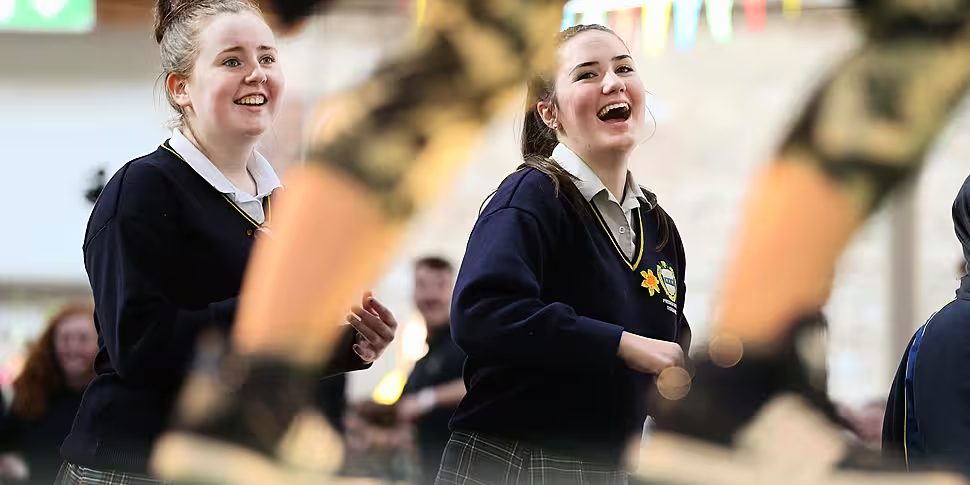The Irish State officially established Transition Year (TY) 30 years ago, and some principals think it needs to be refreshed for a new century.
TY was originally introduced as a pilot programme in 1974 but became a mainstream programme in 1993 with the introduction of Transition Year Programmes: Guidelines for Schools.
The programme has become known for key elements such as work experience, the Junk Kouture fashion competition, and a holiday abroad.
Despite these similar elements, Godsil Education Director and former principal Arthur Godsil told Newstalk Breakfast TY is “unique to every school”.
“It provides learning opportunities for all students regardless of academic ability – it's more democratic,” he said.
“There is no one Transition Year programme - there are as many Transition Year programmes as there are schools.”
 Transition Year students take part in Junk Kouture. Image: Leon Farrell/Photocall Ireland.
Transition Year students take part in Junk Kouture. Image: Leon Farrell/Photocall Ireland.Mr Godsil said TY is a wonderful programme for two reasons.
“One is because of the teachers in the school and what they can offer and the other is finance,” he said.
“Transition Year does eat up more resources in terms of financial supports than other years because of its variety of different experiences.
“But the key element of Transition Year is often the teachers that commit to it.
“I was talking about this with a principal in a DEIS school – she was saying that the difficulty they have is they have to get sponsorship and fundraising to try and make TY work.”
'21st century skills'
While Transition Year remains an “excellent programme” to Mr Godsil, he said schools should remember “21st century skills are what we’re looking for”.
“[TY] needs to be refreshed,” he said.
“Society has changed: growth of technology, diversity of learning, wellbeing and mental health, the idea of a global citizen in a world of climate change.
“These elements are included by implication rather than explicitly.
“The essential element of Transition Year is its freedom with how schools produce their own TY and freedom for individual students to excel where they may not have excelled before.
“The importance of it is trying to get the inclusivity part of it to make sure it works for all students.”









